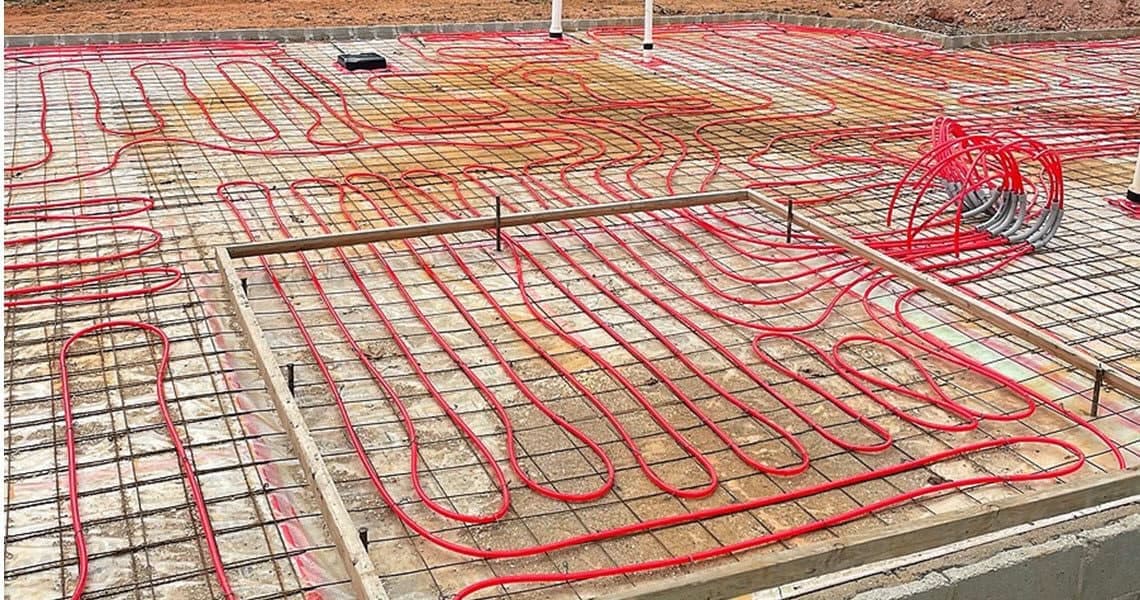Flooring in both residential and commercial buildings can contribute to increasing or reducing the amount of energy used. With energy prices at all-time highs, it is now more important than ever to improve the energy efficiency of homes. Insulating lofts, drafts, windows, doors, walls and improving heating systems are prioritized. However, energy-efficient flooring and floor insulation are often overlooked. Considering that 15% of the average uninsulated home’s heat is lost through the floor this is an oversight that could lead to significant heat loss, and eventually higher energy bills.
Some energy-efficient flooring options
Radiant Floors
There are two types of radiant, or heated, floors– electric and water-based systems. Both provide significant energy-saving potential.
- Hydronic Systems
- Hydronic systems use water or a mix of water and anti-freeze such as propylene glycol as the heat transfer fluid in a closed-loop that is recirculated between the floor and the boiler.
- Electrical Systems
- Electric underfloor heating is an alternative to the traditional radiator central heating systems.
- Energy efficient and affordable, electric underfloor heating works by using electrical cables to generate heat that radiates through the floor.
- More energy efficient, electric underfloor heating helps reduce the cost of heating home and has less of an impact on the environment.
Related article: Energy efficient roof typs

Wood Floors
Hardwood floors absorb heat well and keep heat from penetrating into your home. As a result, wood floors help homes stay warmer in cold months and cooler in the summer.
Carpets
- Especially in chillier climates, a warm bed of carpeting helps insulate home from the cold foundation underneath.
- Carpet has a low thermal conductivity, which makes it act like a heat insulator and keeps heat in the room.
- Carpet is a great choice for downstairs areas or drafty rooms where the heat would otherwise escape.
Stone & Tile
These products absorb heat during the daytime and release it slowly during the cooler evening hours to keep your home warmer. Conversely in the summer and in hot climates. Tiles shielded from the sun will stay cool longer and can actually help lower air-conditioning costs.
Natural stone or ceramic tile may feel cold to the touch in winter. They conduct heat and are more energy efficient. Ceramic works especially well with radiant heat sources within the floor.

Underfloor insulations
Many builders today incorporate polystyrene insulation just below the concrete floor surface to reduce heat loss in new home construction.
Flooring might not be the first place you think of to lower energy bills in your new home.
Take other factors into consideration as well.

